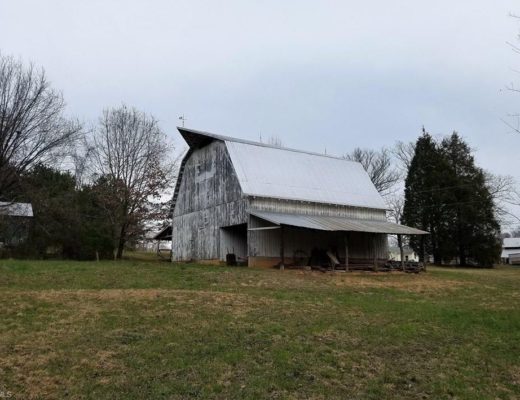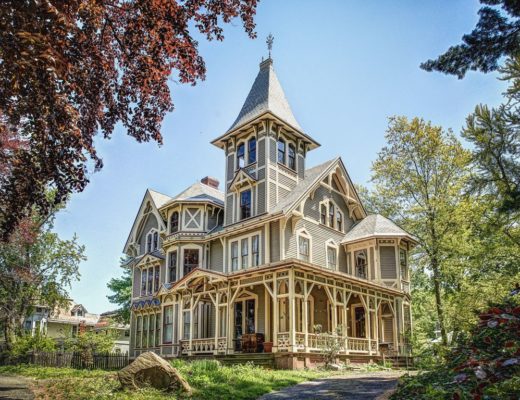One of the questions I always get is “how do you move a historic house?” or “what are the costs to move a historic house?” The list goes on, and it can be a challenging undertaking, but often, moving a building is the only way to preserve it.
Obviously, the best place for a historic house is its current location, but sometimes there are factors that necessitate a house be moved in order to be saved. In my line of work, there are a lot of instances where owners of historic properties are selling their land to developers but want to see the house saved. That’s where we come in. It can be a win for all parties involved, from the owner being able to sell their land, the developer being able to develop the land, and the preservation community being able to save a historic house.
We will work with all parties in moving the house to a new location, stabilize/restore it and then sell it (with a preservation easement and rehabilitation agreement of course).
Sounds easy enough, right? Well, that depends on if you classify moving a house a simple task. Spoiler alert, it’s not!
A lot of factors have to be considered when moving a house.
- First, the cost to move the structure by itself. This is all dependent on the size of the house and its construction (masonry or frame) and the distance the structure is to be moved. There are a handful of house movers that specialize in moving historic structures, as there are many more factors than moving a modern house.
- Next, a consideration people often forget when factoring in cost is the hurdle of the power lines. Most power lines tend to zig and zag across the road at various points. Each time a power line is encountered, it will either have to be dropped or raised above the house. In North Carolina, the power lines must be dropped by the major energy provider, as it is too dangerous to raise the lines and have the house pass by below. The number of affected power lines will significantly dictate the cost of the move, so that is something to consider very early on in the planning process.
- The most significant consideration is the new location of the house. Most often, the desire is to move a house to a place where its context can be maintained (i.e. rural setting off the road to a similar setting). Therefore, a new lot is needed for the relocation of the house, which also factors in more cost.
The list goes on when considering a house move, but I was interviewed by Preservation Maryland for their podcast “PreserveCast” last year, and I talked about what a typical building move looks like in-depth, from beginning to end, with all of the challenges along the way.
Give it a listen above and keep an eye out for a video of one of our moves. We’ll be posting it in the coming days.



